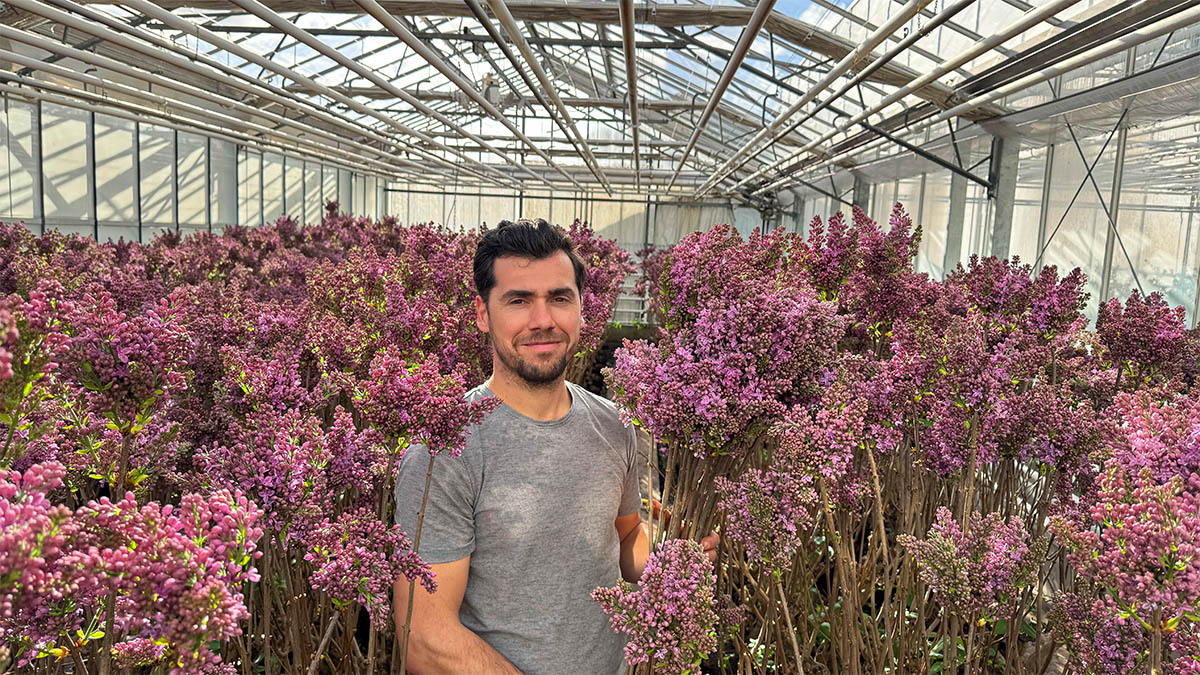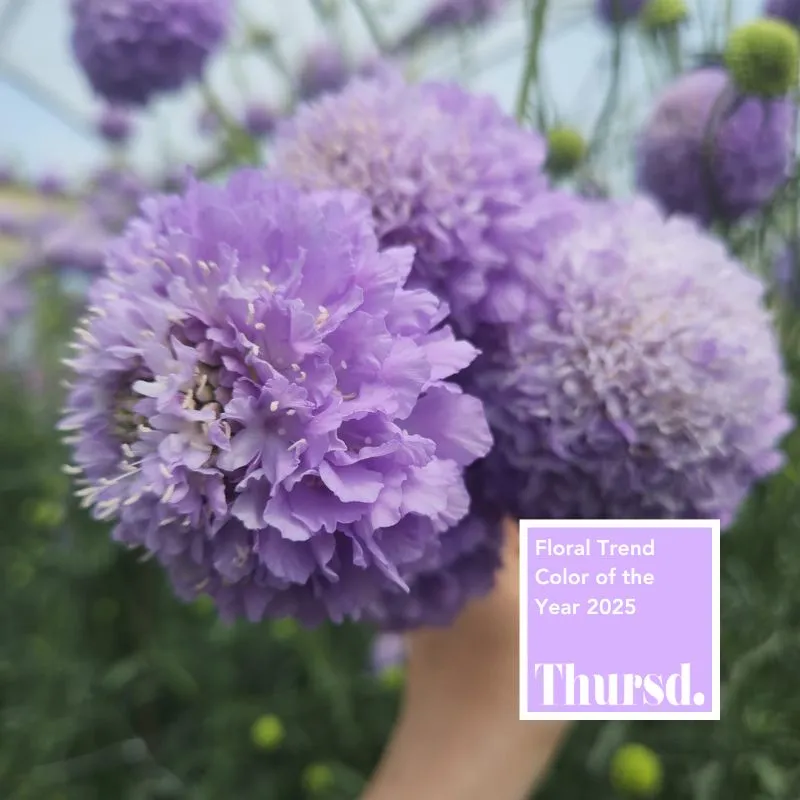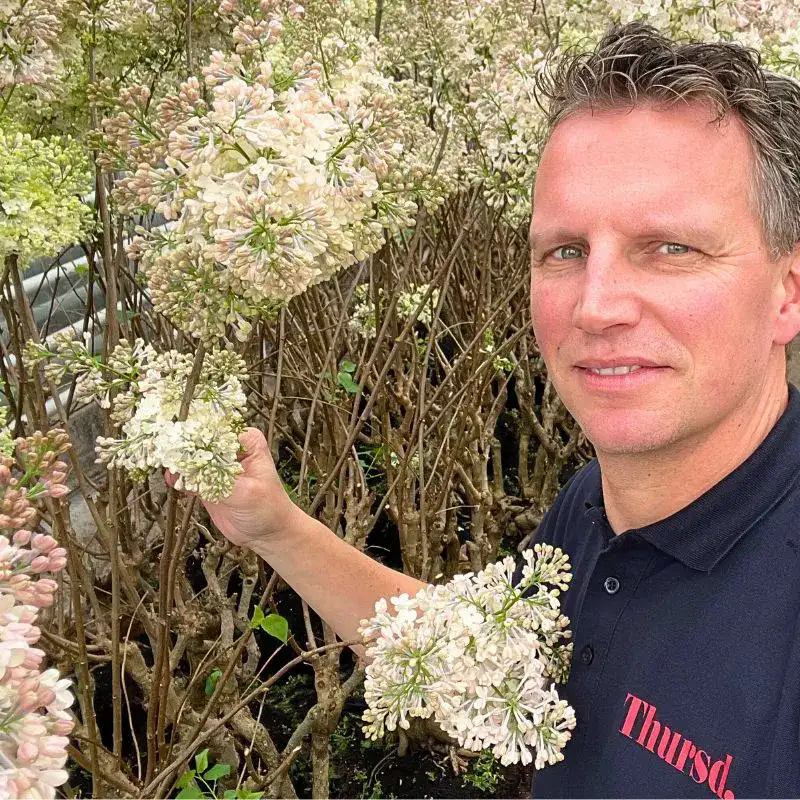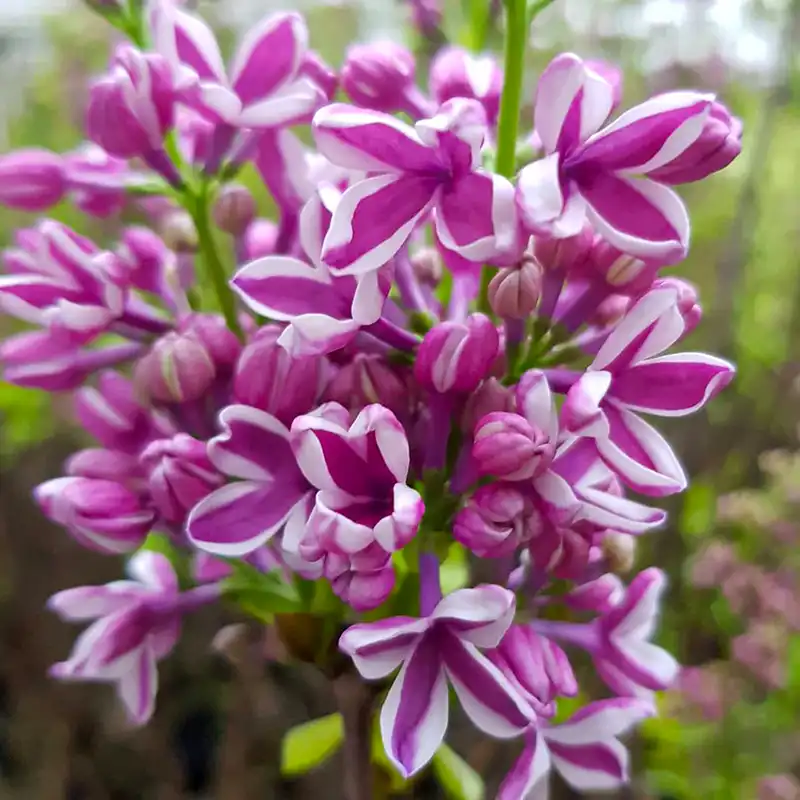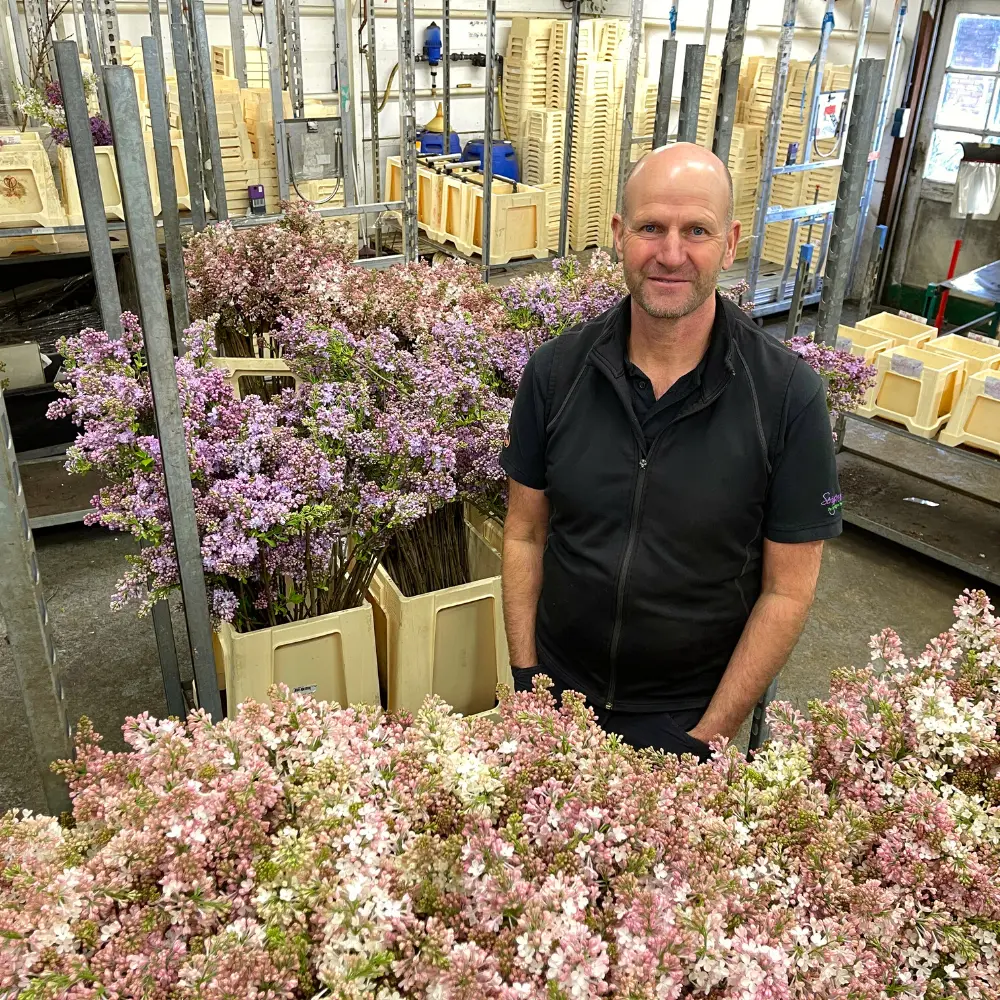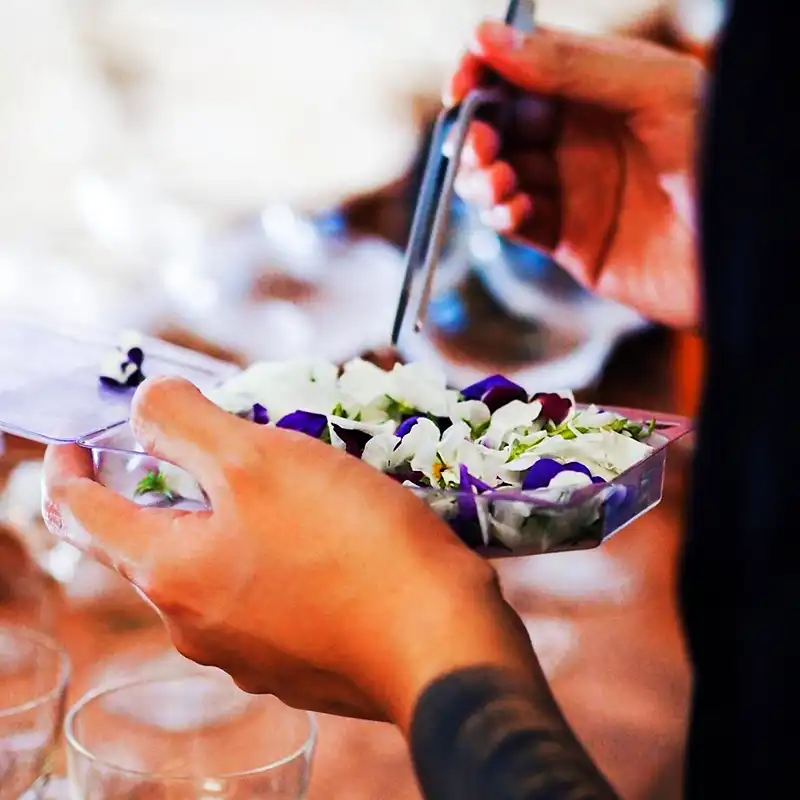In the heart of Aalsmeer, a place known far and wide for its floral history, you’ll find Kramer Seringen – a family-run nursery with deep, tangled roots. If you ever thought lilac growing was something simple, a quick visit (or conversation) with one from the Kramer family would quickly change your mind. This isn’t just farming; it’s a craft handed down through generations, mixed with a lot of patience, timing, and a strong nose for quality. Take a leap back in time with Menno Kramer, rush to today, and see how he is ready for the future with a prolonged seasonal approach.
Becoming Klaver Seringen
Two Kramer brothers, Menno and Erik, officially stepped into the grower's boots in 2018. But honestly, it’s not like they had much choice. For Erik, it had always been obvious to become a grower, but Menno already foresaw the hard labor of growing Syringas, so he kept the idea at a distance. But since blood is thicker than water, it was inevitable that the lilac virus jumped onto Menno as well.

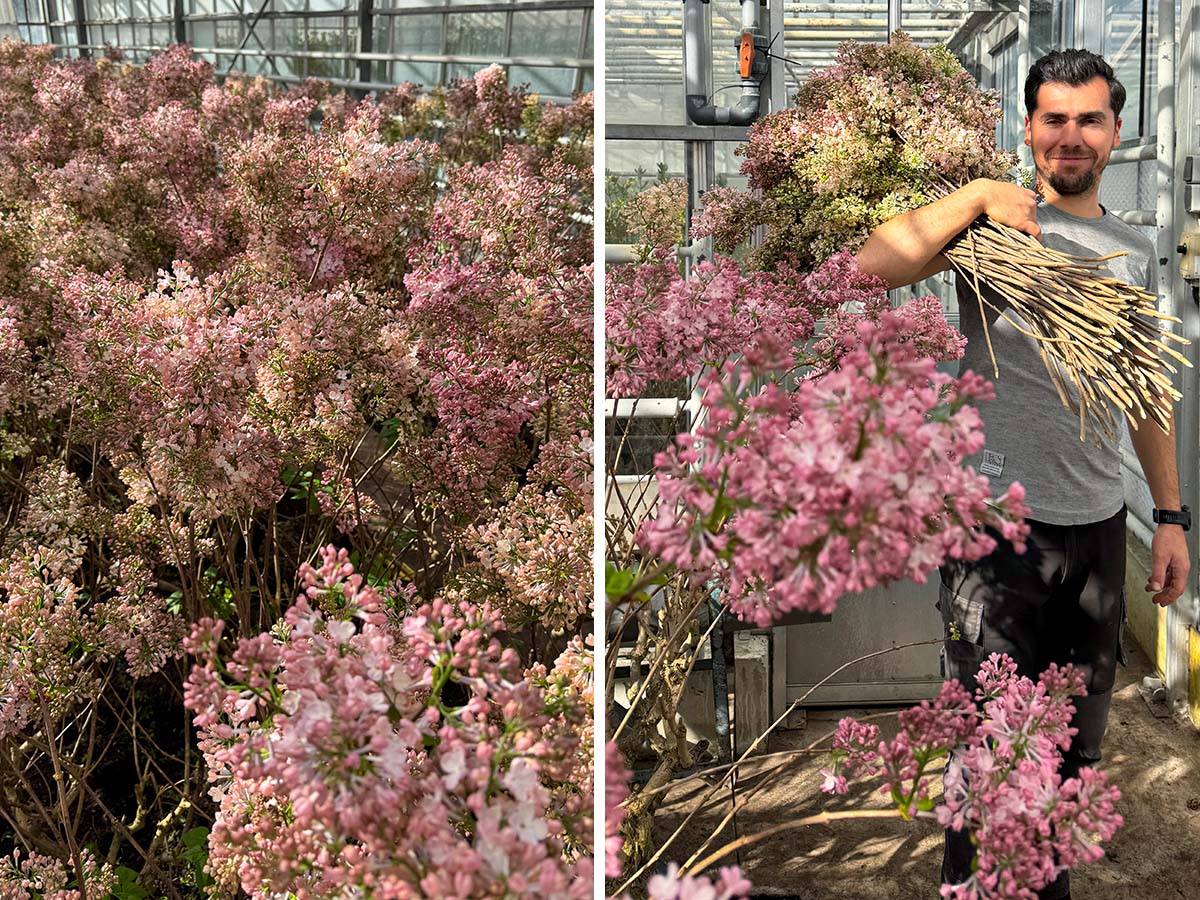
As Menno put it, the passion for lilacs was simply “fed with a spoon” from an early age. So, here they are, running a nursery that has quietly existed on the same spot since the 1600s. Though the first actual documentation of lilacs only dates back to the late 1800s, it’s clear the family tradition runs much deeper. Can you imagine a nursery from the 1600s? The Dutch Golden Age was about to start, big parts of the globe had not been discovered yet, nobody had yet heard of Galileo, Isaac Newton, or Rembrandt, and the world was far, far away from the Industrial Revolution. That's how long the Klaver dynasty has been involved in horticulture. Now you may also understand the enormous craftsmanship that has been passed down for generations, and that is still visible in the quality of the lilacs that are (still) grown on the banks of the Westeinderplassen in Aalsmeer.
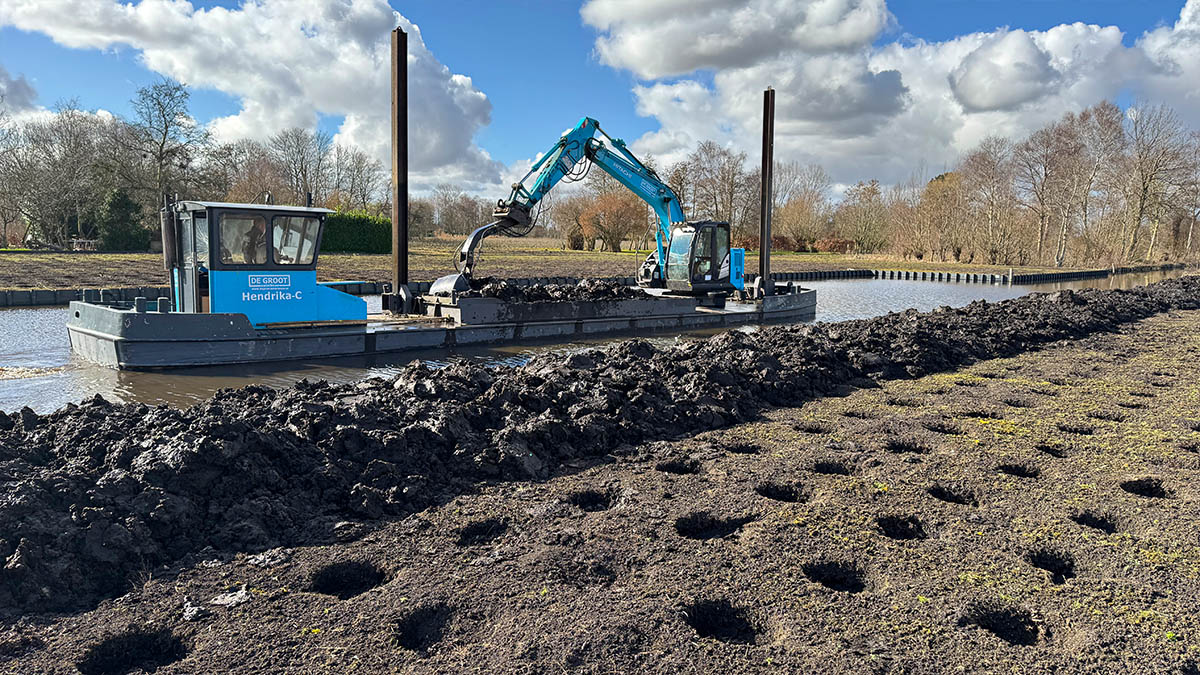
Chasing the Perfect Season
Lilac growing isn’t just about growing beautiful flowers — it’s about juggling nature’s timing like a circus act. At Kramer Seringen, they have managed to create a very long season, starting as early as October and stretching all the way to early June. It’s pretty unique, considering lilac is typically seen as a spring flower.
To make this work, Menno and Erik play with temperatures inside their greenhouses. They slowly coax the plants into bloom, adjusting just enough so that not everything explodes open at once. Their focus isn’t on flooding the market with huge volumes — instead, they aim for a steady, daily supply. In a small, specialized market like theirs, consistency matters. "One day with 10,000 stems and the next with only 2,000? That’s no good for wholesalers and exporters," says Menno Kramer. So they keep their supply tight and regular.
See my Instagram reel @petervandelft.flowers
Most of their flowers head to auction, though they do take some direct orders on request. Don’t expect flashy e-commerce shops or daily webshop offerings, though — it’s still mostly about personal relationships and careful planning. Some things change over 400 years, some don't...
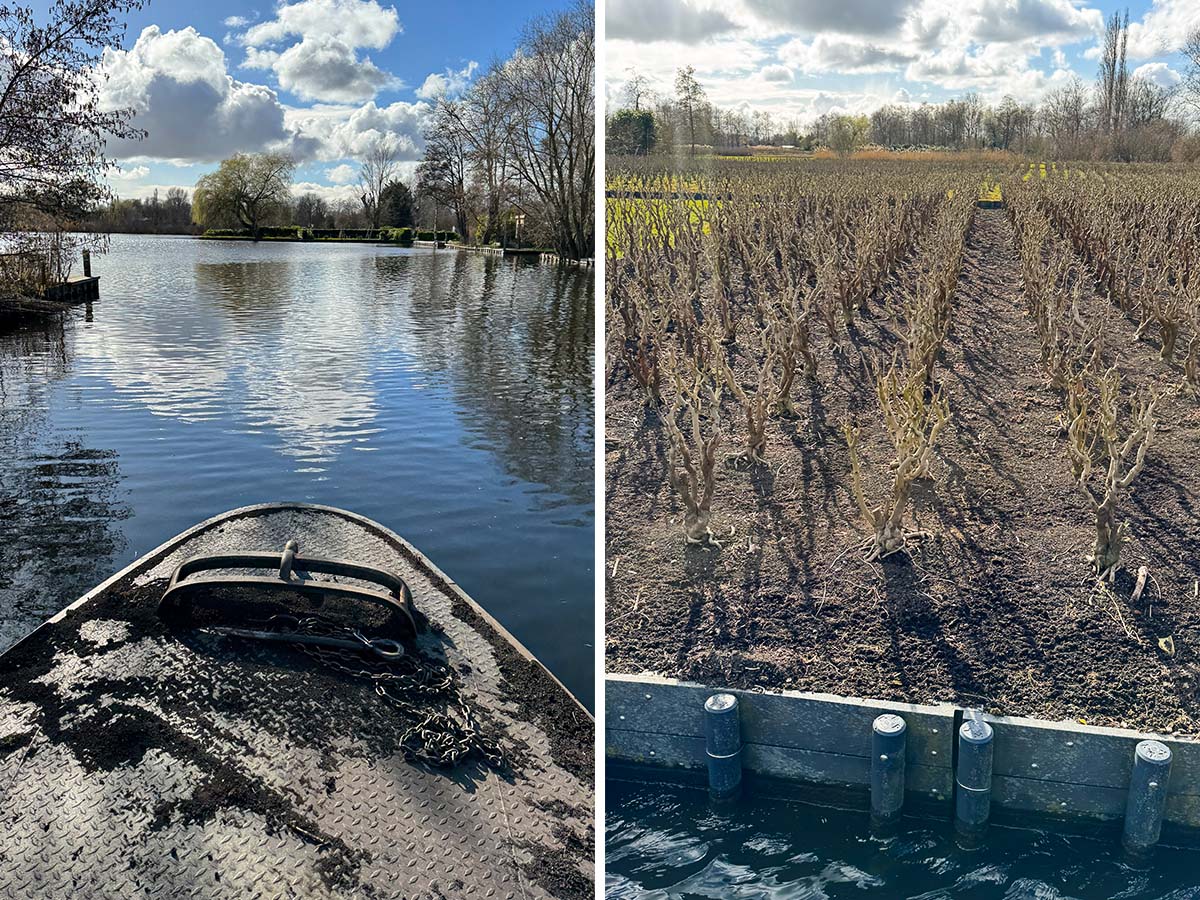
The Art (and Science) Behind Top-Quality Lilacs
When you walk through the fields or greenhouses at Kramer Seringen, it becomes pretty obvious: these lilacs (botanical: Syringa) don't just happen. Good lilacs start with good soil. Menno talks a lot about the importance of having the ground at just the right height — too low, and you’re risking soggy patches where water sits and ruins the plants. Proper field preparation is critical, but that’s just the beginning.
Once the lilac shrubs are planted, they need a summer to relax and recover from blooming. Kramer is strict when it comes to sorting, only selecting the best flower quality. Being picky pays off later when their lilacs show up on the auction clock — fresh, strong-stemmed, and full of character.
Speaking of freshness, Kramer Seringen has a pretty straightforward rule: don’t let the lilacs sit around too long. Ideally, flowers are stored for no more than one or two days before being sent to the auction. And they don’t just dump them into any old water, either. They use special flower food by Chrysal, which helps extend the vase life nicely. Every bunch gets a sachet of special Syringa Flower Food. Timing and care matter: Lilacs forced too quickly or stored too long can lose their signature charm.
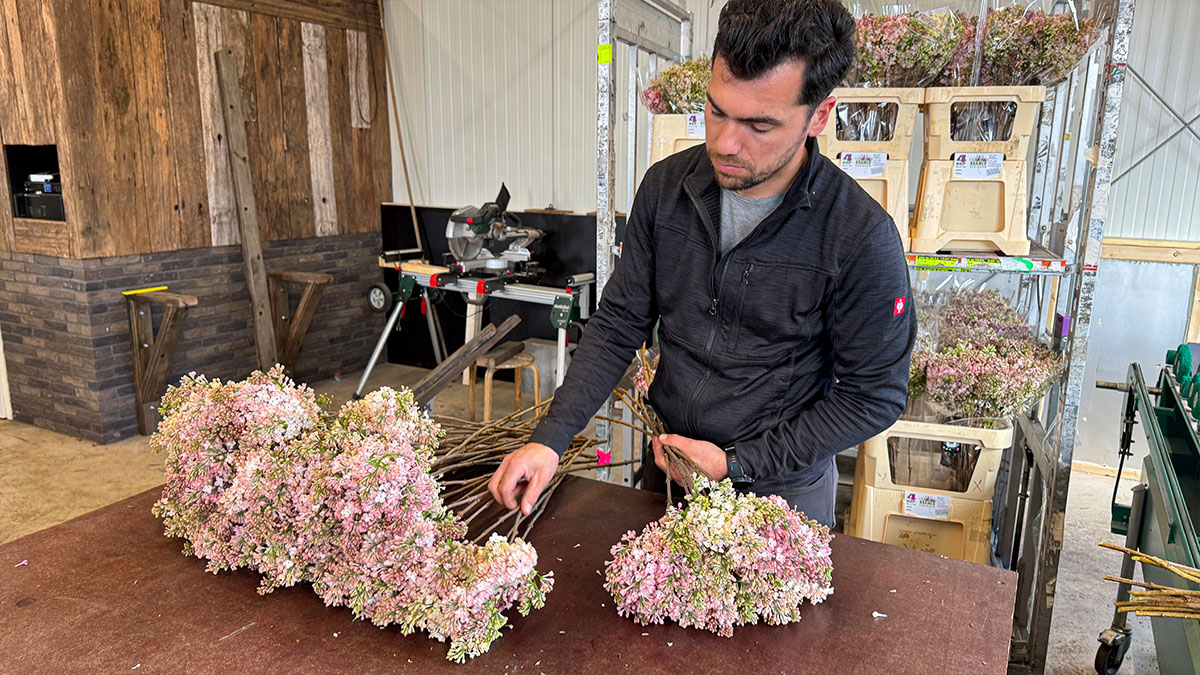
The Varieties That Matter
Kramer Seringen grows a tidy collection of lilac varieties. You'll find classics like Syringa vulgaris varieties Engeler Weissen Traum and Dark Koster, but their top star is the Syringa hyacinthiflora Maiden's Blush. Menno: "A group of growers brought Maiden's Blush back from a trip to Canada in 2000." This variety has an extra bonus: a beautiful, strong fragrance that gets florists (and their customers) hooked. It’s also a bit of a chameleon — depending on light conditions, its color can shift from a soft champagne to a deeper tone, giving it a lively, unpredictable edge.
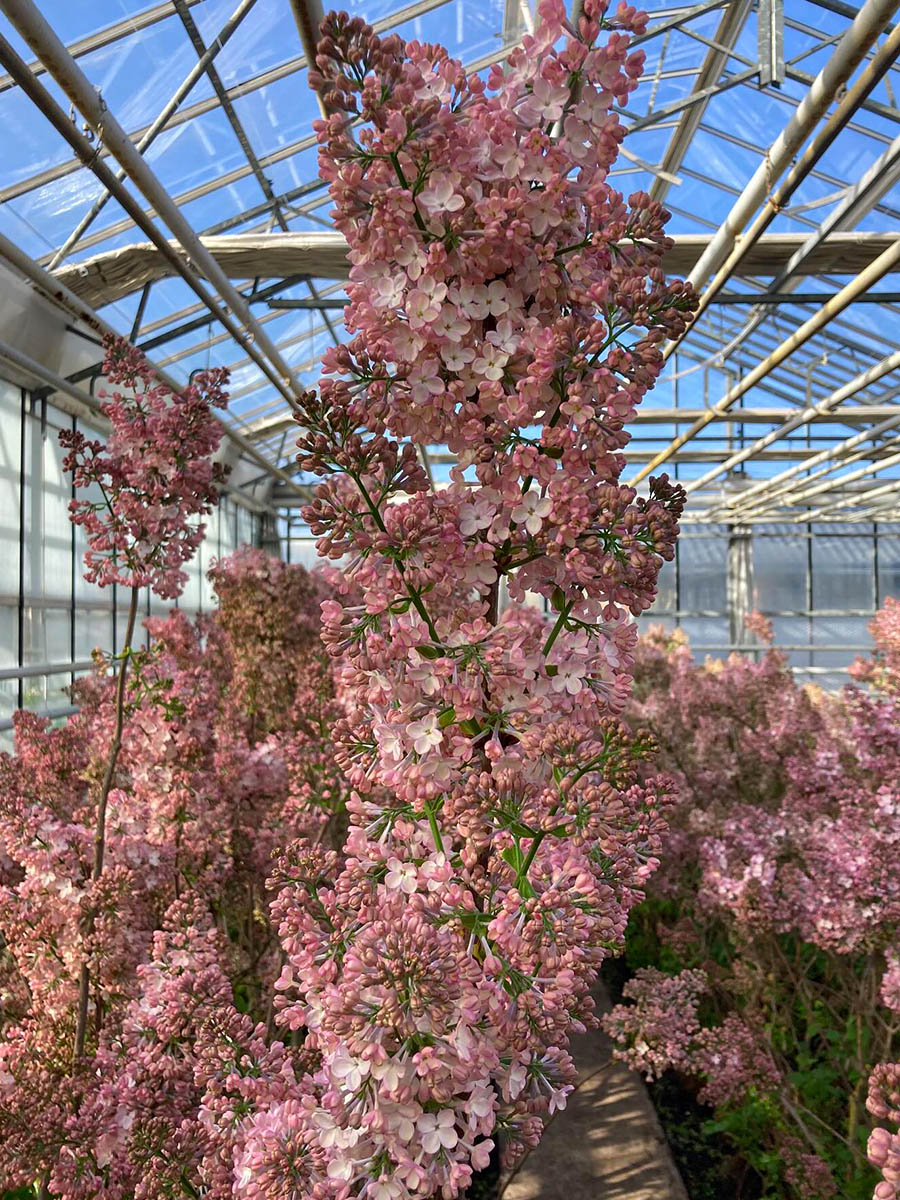
Besides the three already mentioned varieties, the nursery also grows popular and well-performing types like Syringa Lila Wonder and White Wonder. Recently, they added a new early-season variety that starts out as a near-white lilac and then turns to a slightly yellow tone — not a typical lilac color, but one that reacts interestingly to warmth.
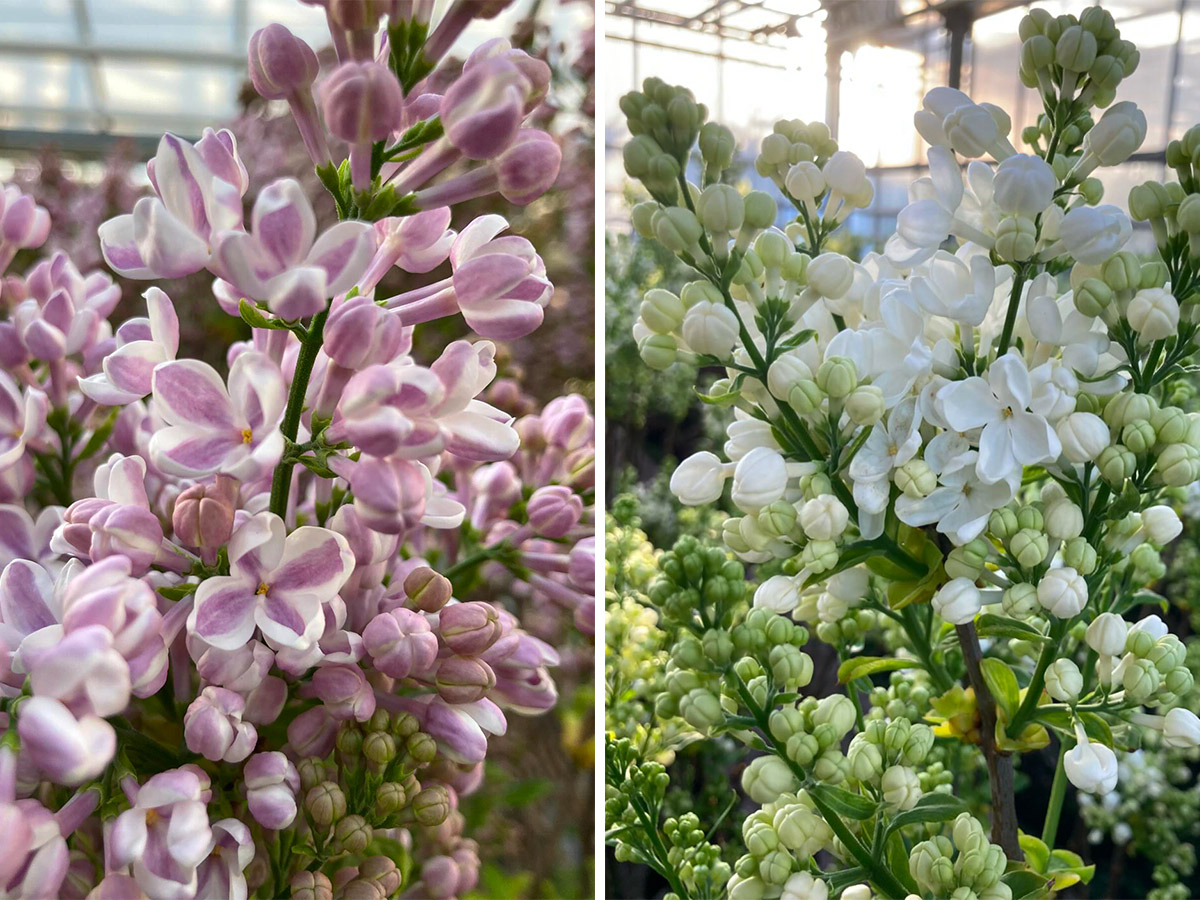
While there’s a lot of talk in the flower world about innovation and new trends, Menno is pretty clear: in lilacs, it’s more about staying steady. Breeding new varieties isn’t happening at a fast pace. It's the old trusted names that still hold the ground.
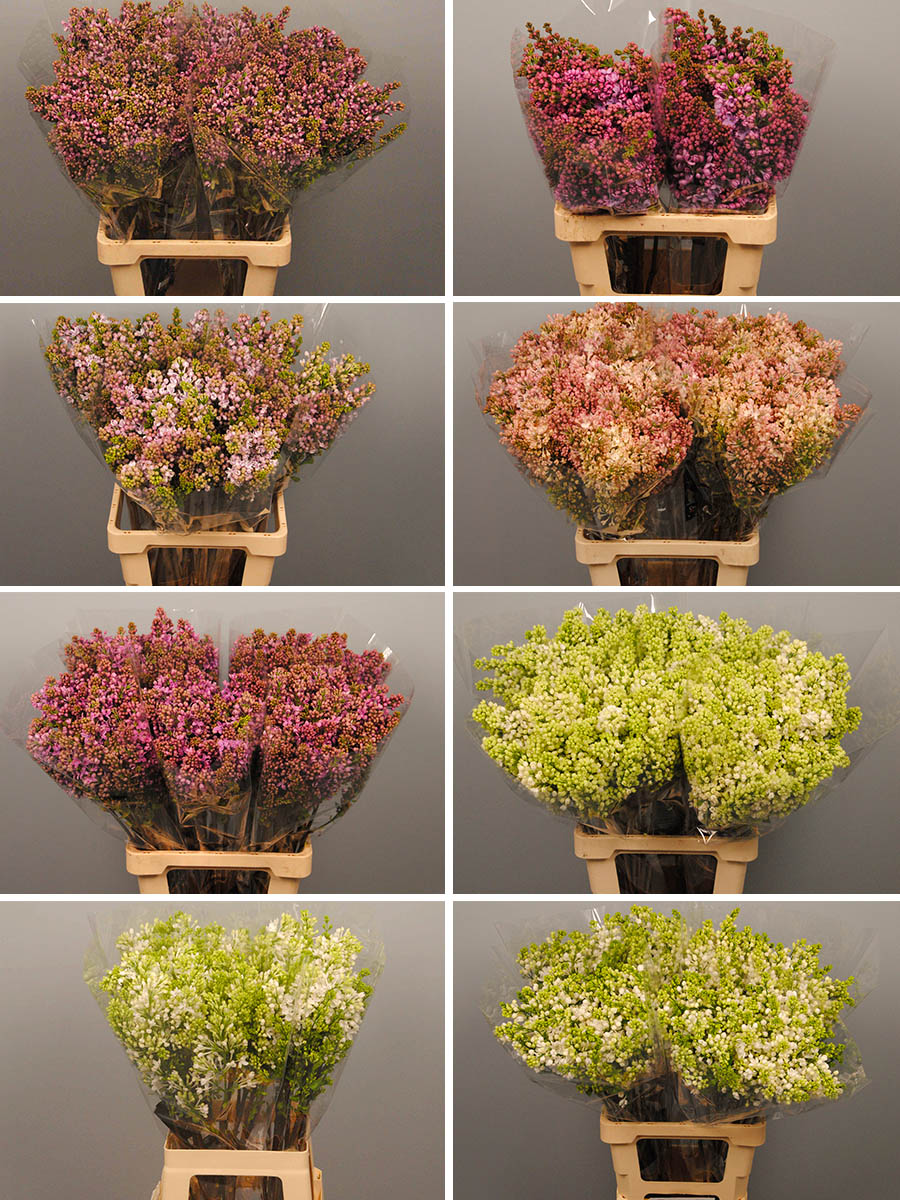
Handling Trends and Challenges
Even though there’s buzz about fragrance making a big comeback in the flower industry, it hasn’t dramatically shifted demand for lilacs yet. What Menno does notice, though, is a growing scarcity. White lilacs, in particular, are getting rarer — a bit ironic since they’re often used for weddings and traditionally symbolize purity and love. And with the prolonged season, even towards the wedding season in June, you'd expect florists and event designers to notice this and get their hands on these eye-catchers for bridal arrangements.
Weather conditions also play a bigger role than many might think. Cold snaps can mess with a lilac’s vase life, while mild seasons help them stay fresh longer. In a good year, a Kramer lilac can hold up for 14 to 18 days in a vase. Not bad for a flower that’s often seen as fragile, which it isn't.
When asked why someone should choose lilacs, Menno has a simple answer: because even if you only put three stems in a vase, it looks amazing. Lilacs don’t need a lot of extras. A handful in a simple glass vase can fill an entire room with their nostalgic, sweet scent. They’re the ultimate 'less is more' flower.
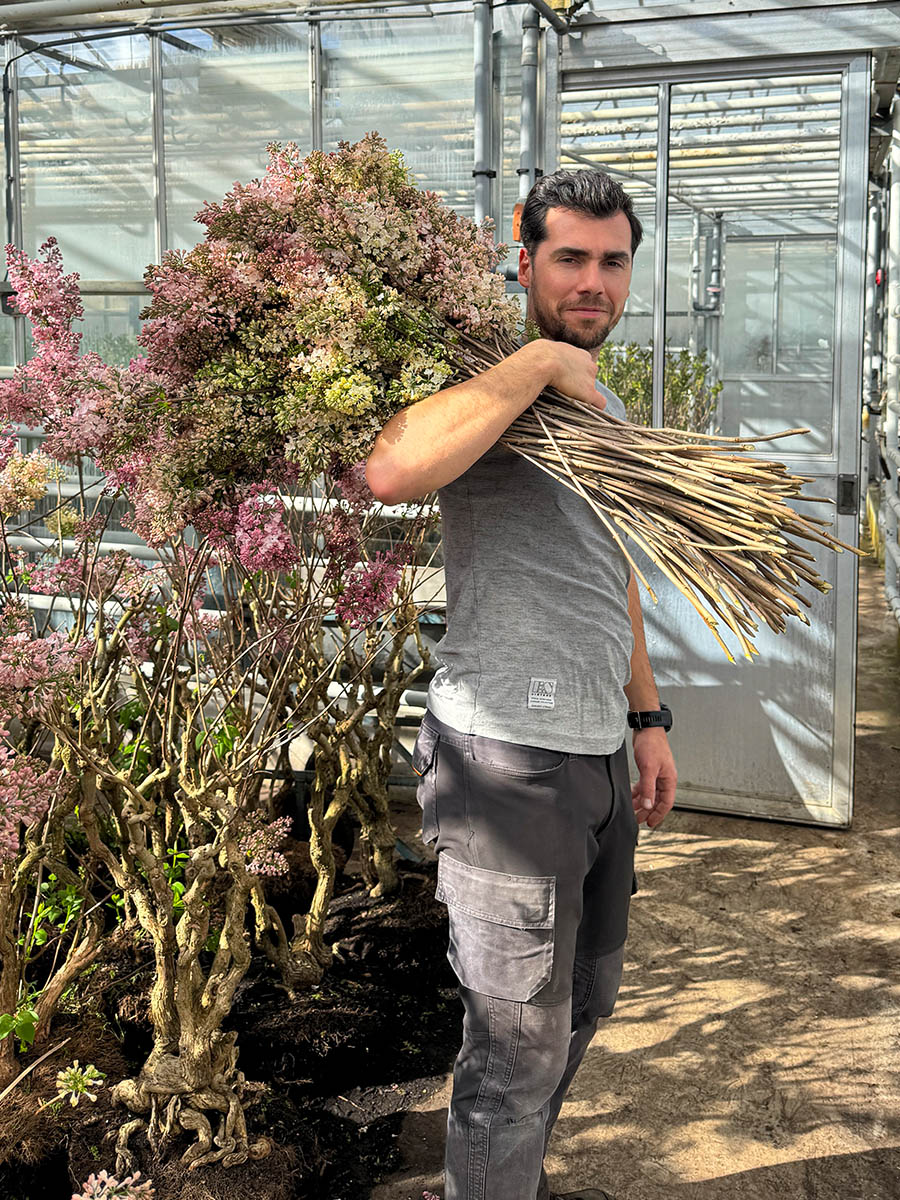
It's Not a Job, It's a Life Rhythm
As you may comprehend by now, running a lilac nursery like Kramer Seringen isn’t just a job — it’s a life rhythm. A slow, seasonal dance with nature, shaped by generations of knowledge and persistent Dutch patience. Menno and Erik Kramer have managed to keep the tradition alive while also smartly stretching the season and improving quality.
So next time you’re looking for something a little different — something real, with a story in every stem — you might want to think of lilacs. And maybe, without even realizing it, you’ll be bringing a little bit of Kramer Seringen's history into your shop, at home, or in a floral design at your event. Wouldn't that look (and smell) simply lovely?
